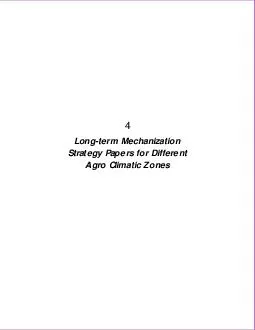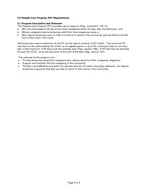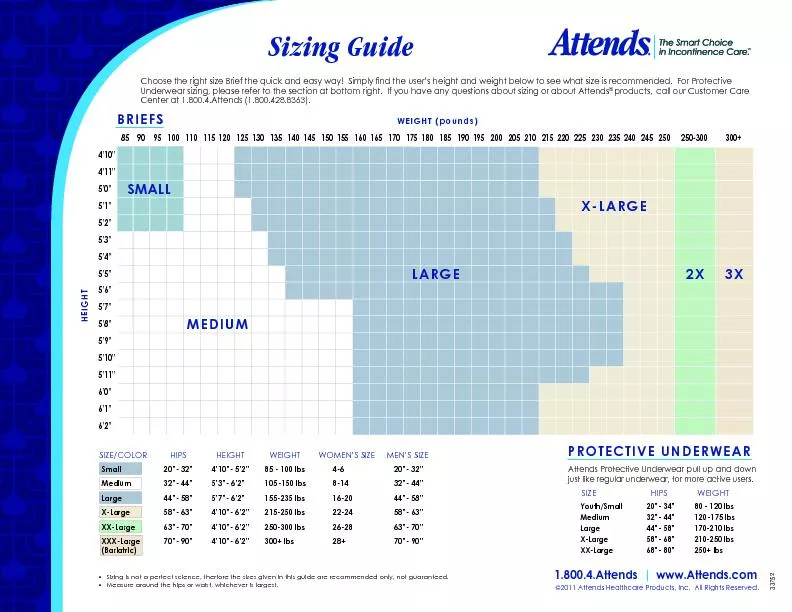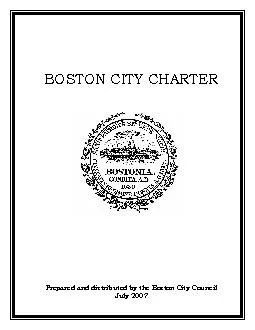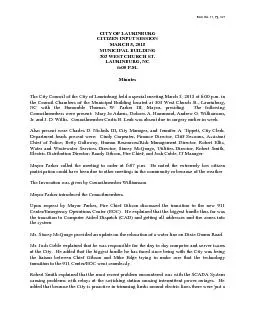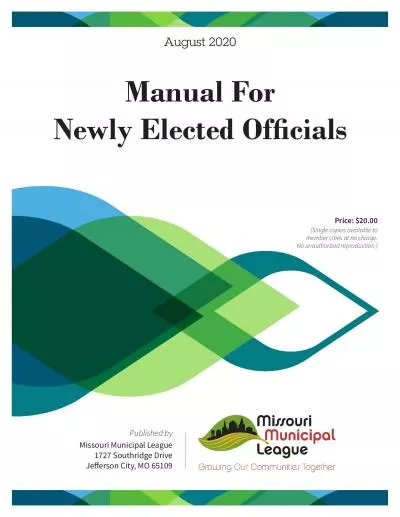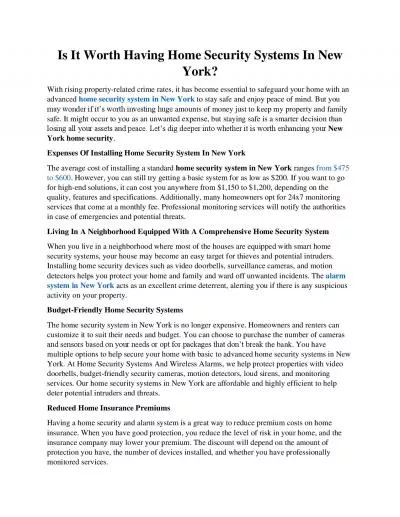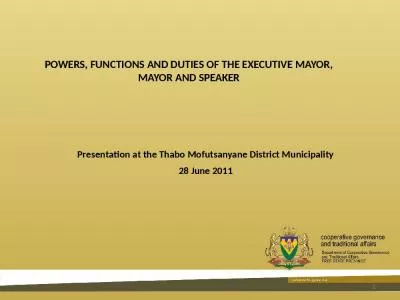PDF-New York City Mayor’s Office of LongTerm Planning and Sustainabil
Author : conchita-marotz | Published Date : 2015-07-31
Overviewof the Greener Greater Buildings Plan Scope GGBP is part of a larger unrecedented effort called PlaNYCNew York City146s plan for sustainable growth through
Presentation Embed Code
Download Presentation
Download Presentation The PPT/PDF document "New York City Mayor’s Office of Lon..." is the property of its rightful owner. Permission is granted to download and print the materials on this website for personal, non-commercial use only, and to display it on your personal computer provided you do not modify the materials and that you retain all copyright notices contained in the materials. By downloading content from our website, you accept the terms of this agreement.
New York City Mayor’s Office of LongTerm Planning and Sustainabil: Transcript
Download Rules Of Document
"New York City Mayor’s Office of LongTerm Planning and Sustainabil"The content belongs to its owner. You may download and print it for personal use, without modification, and keep all copyright notices. By downloading, you agree to these terms.
Related Documents



